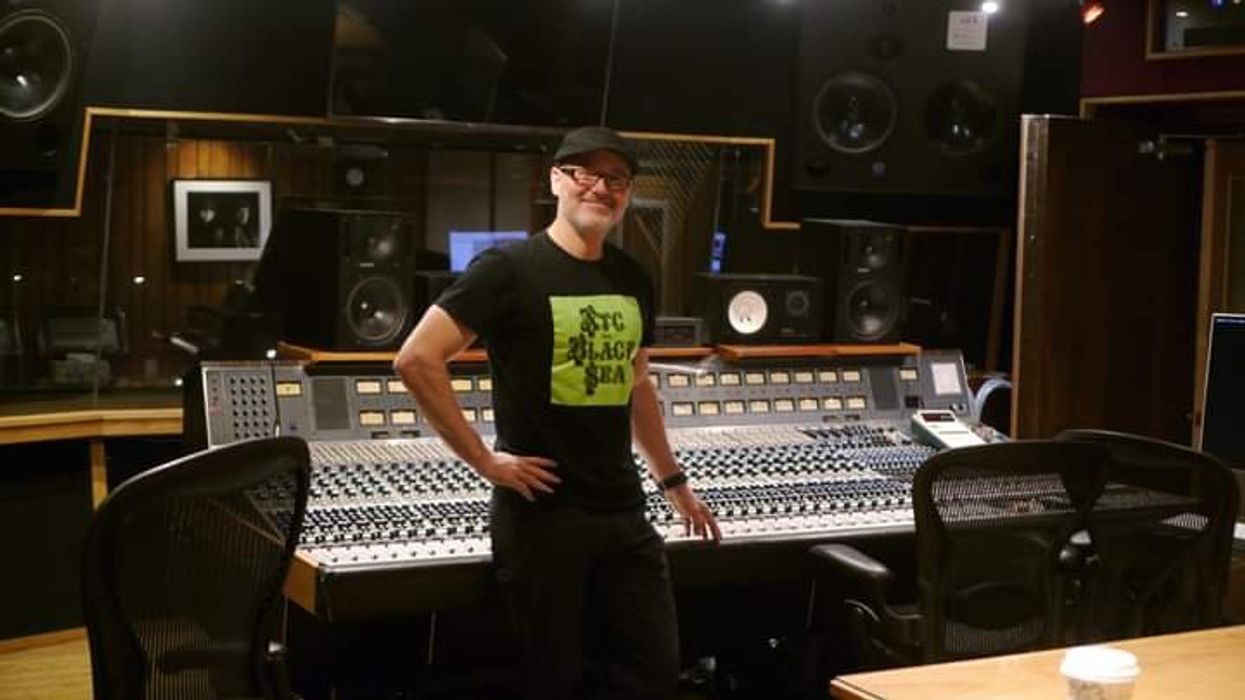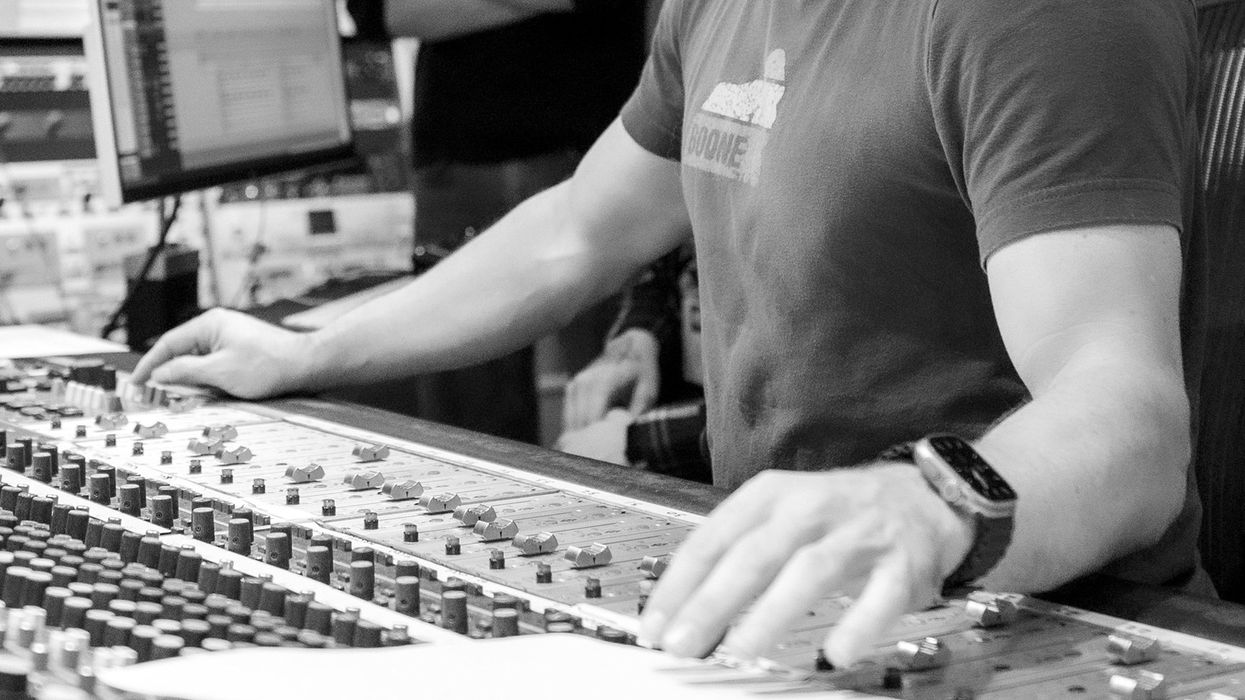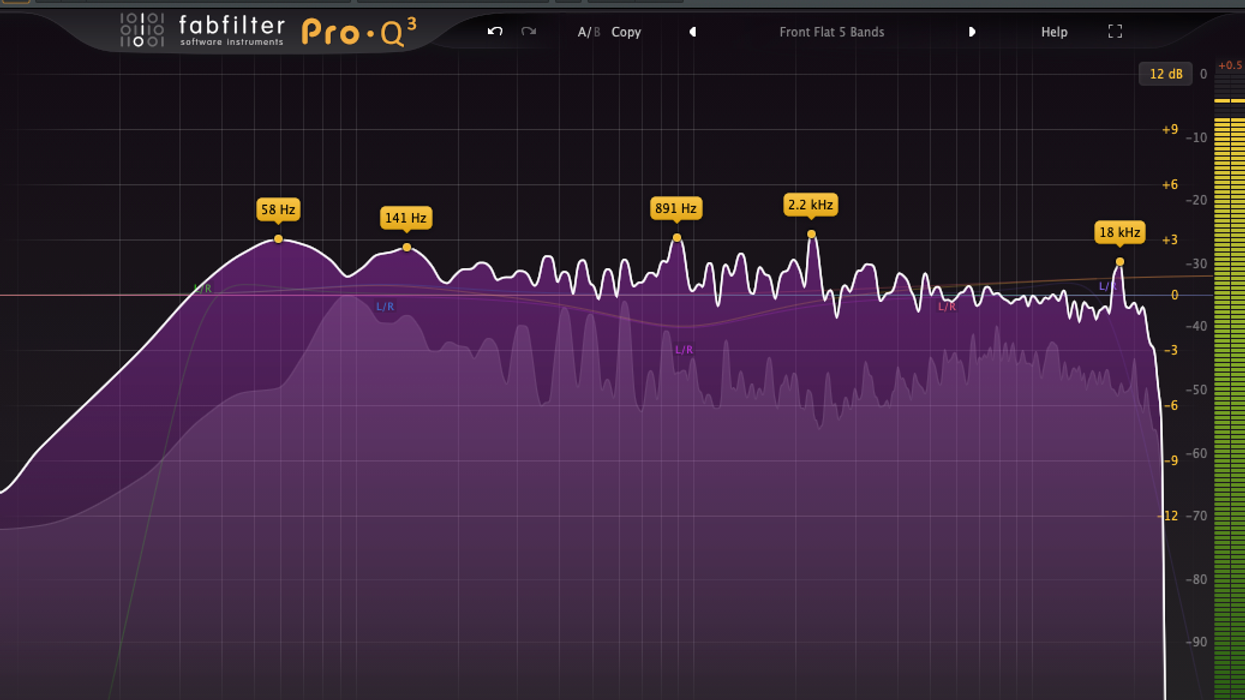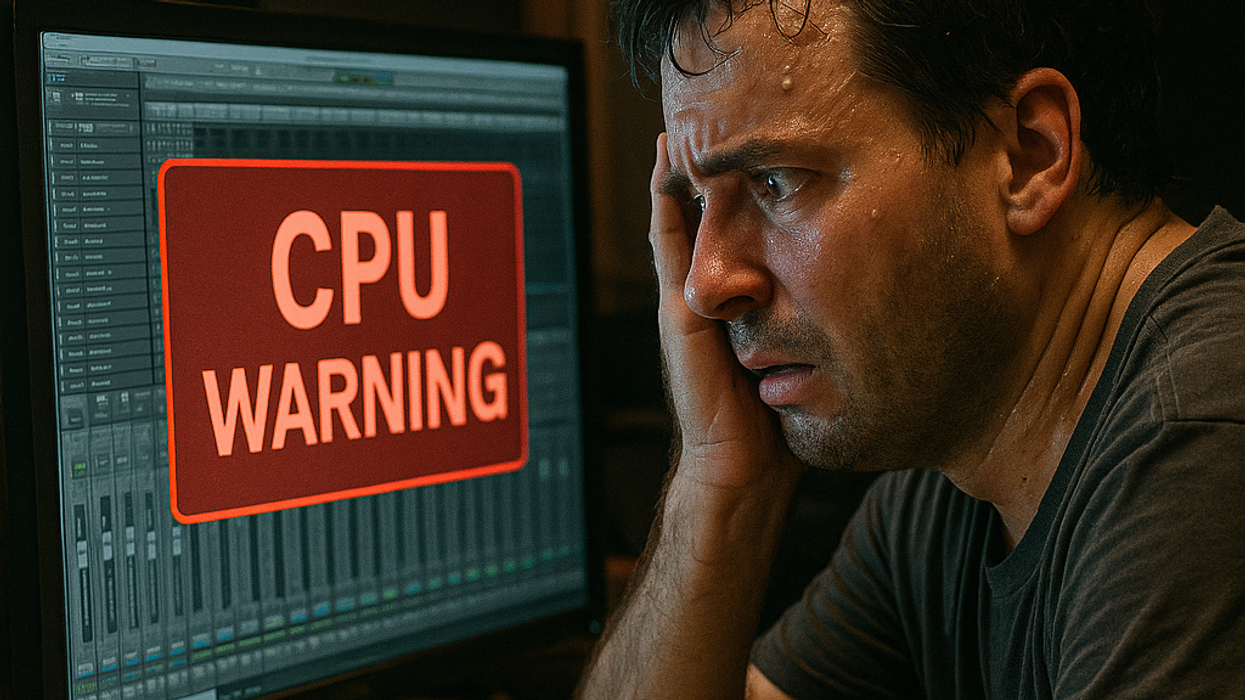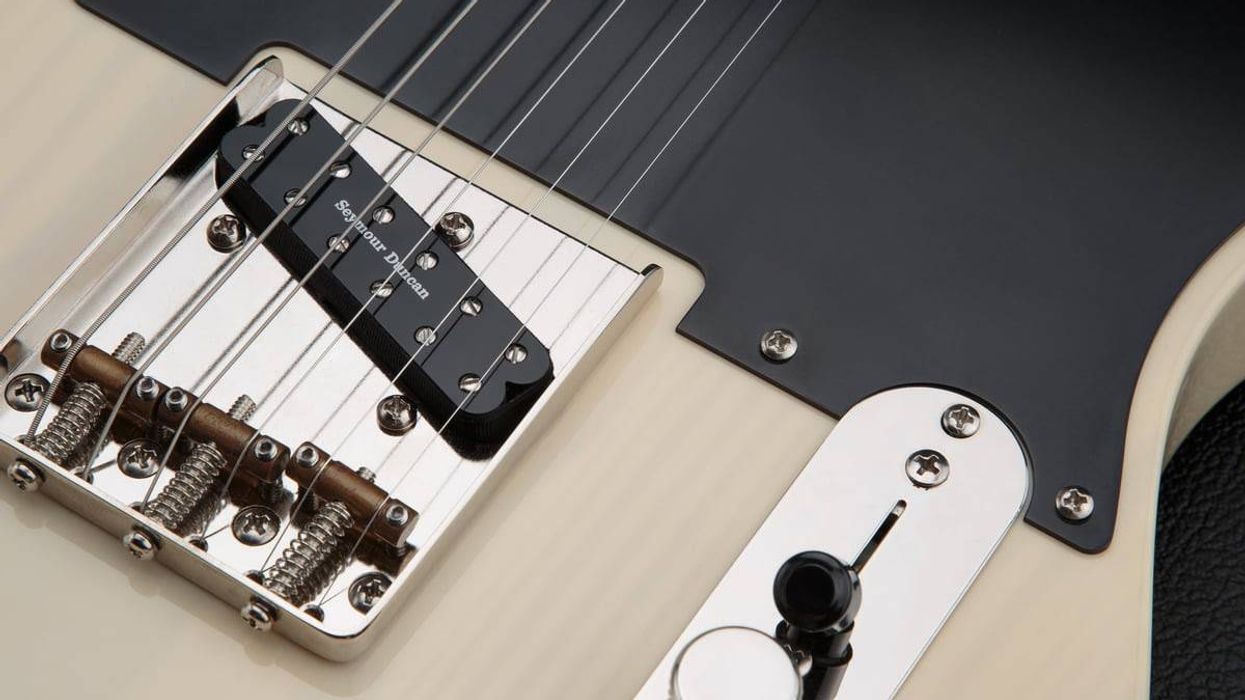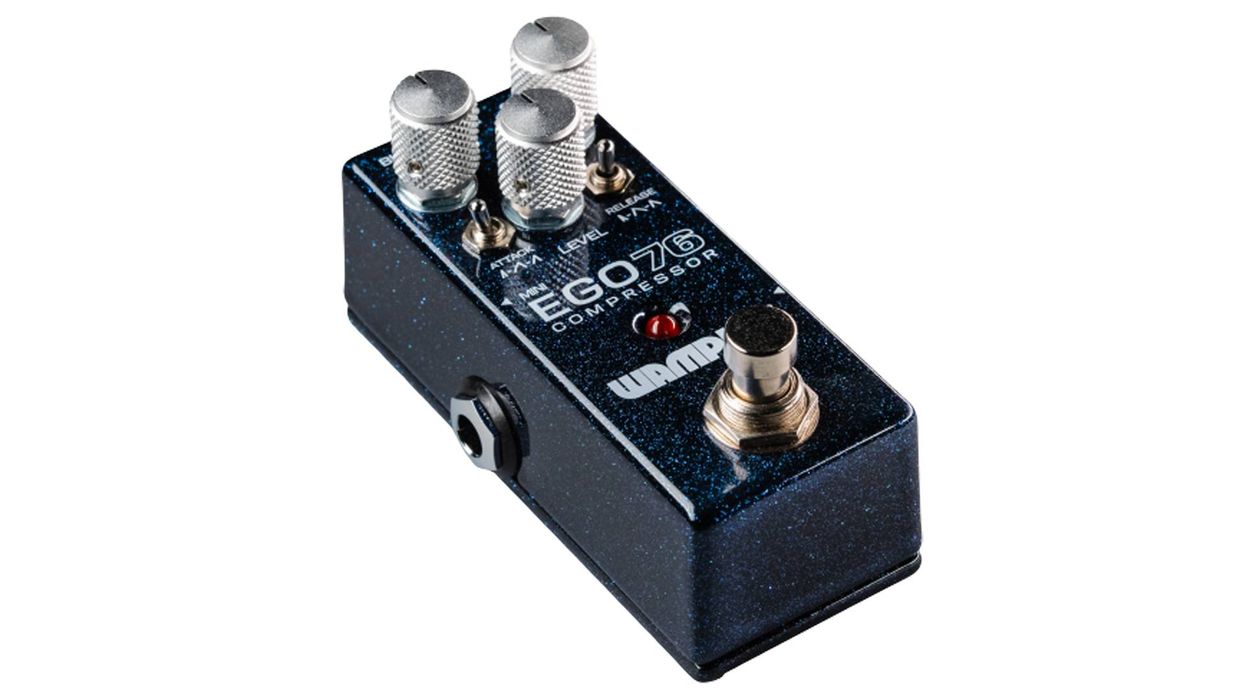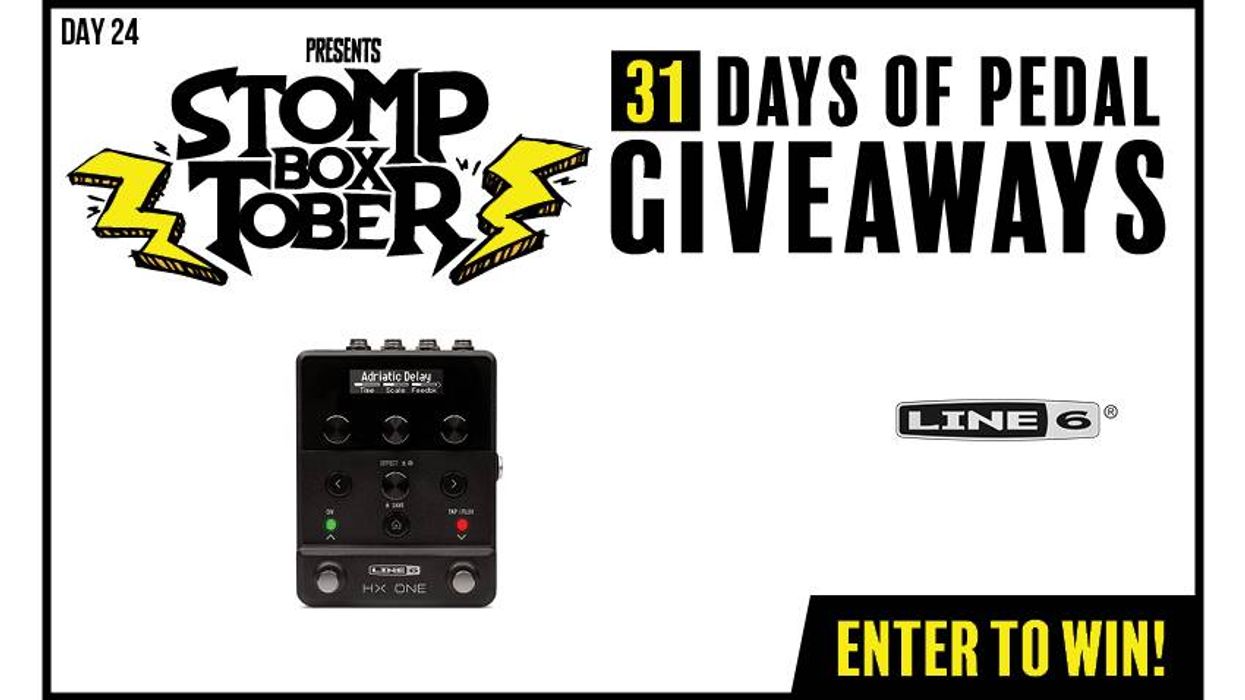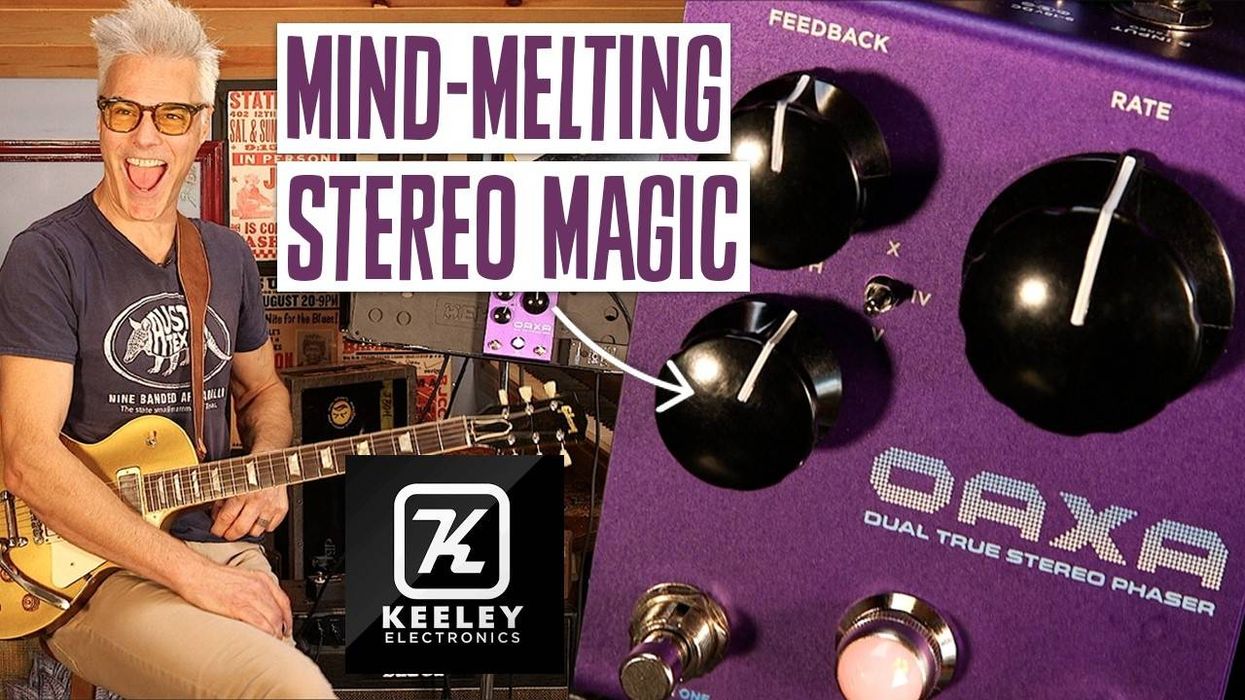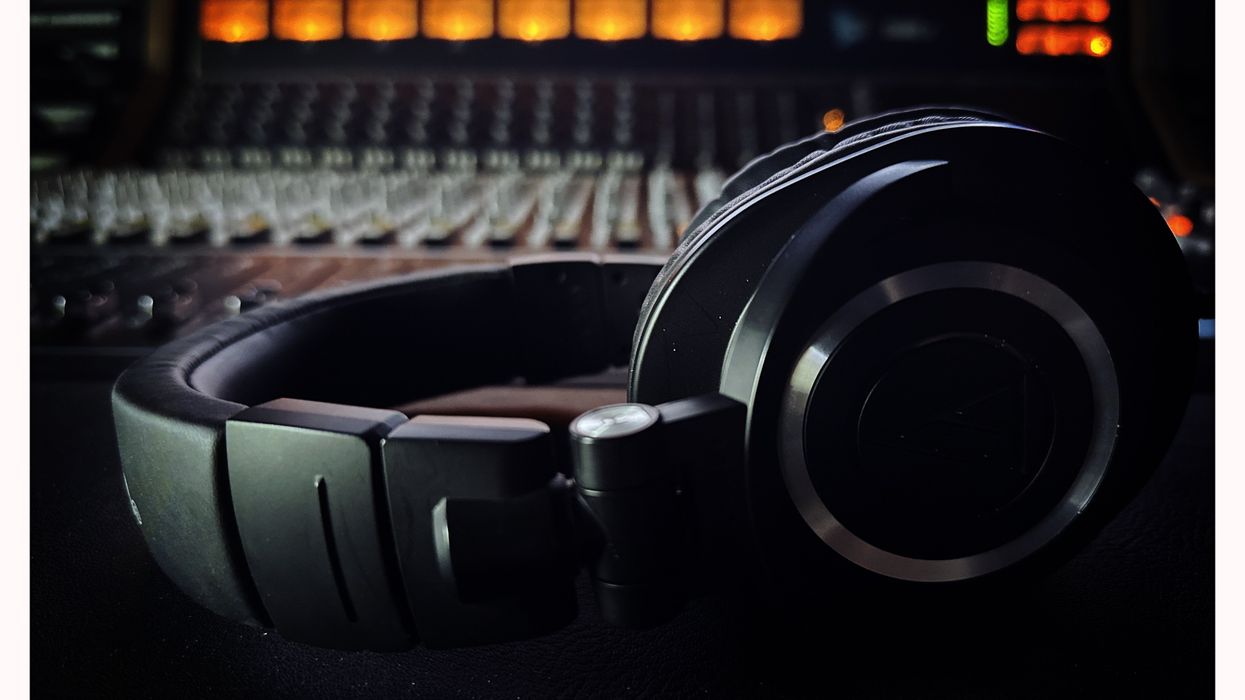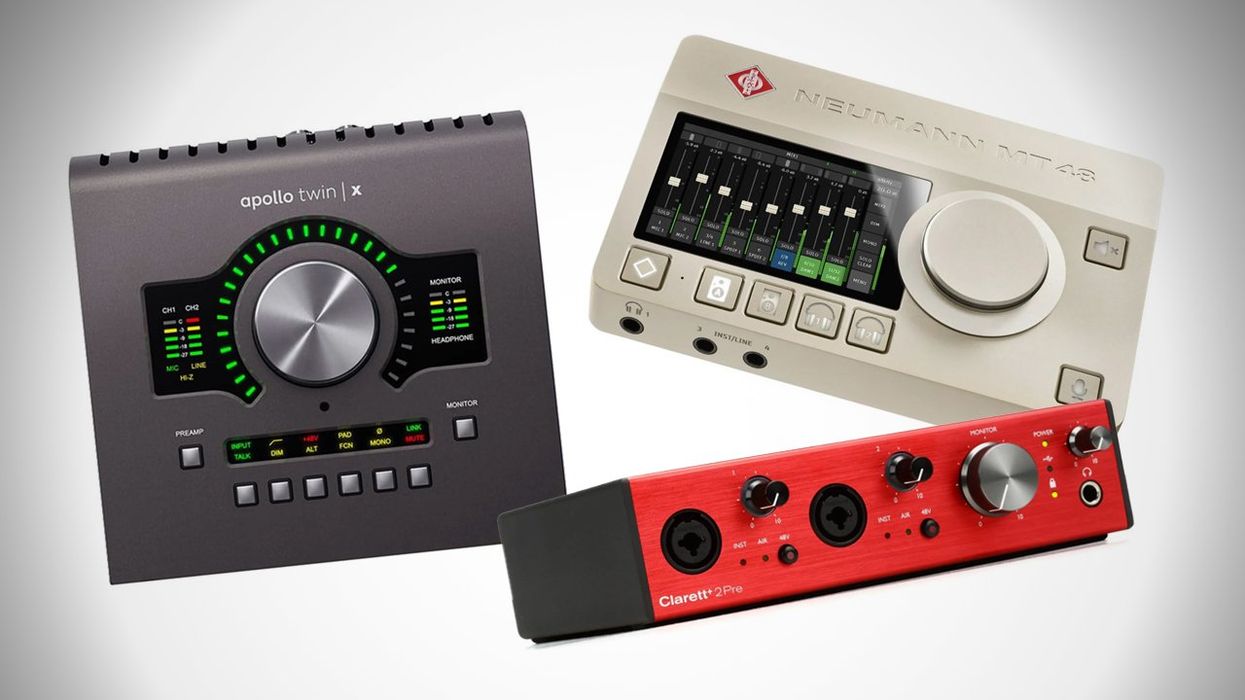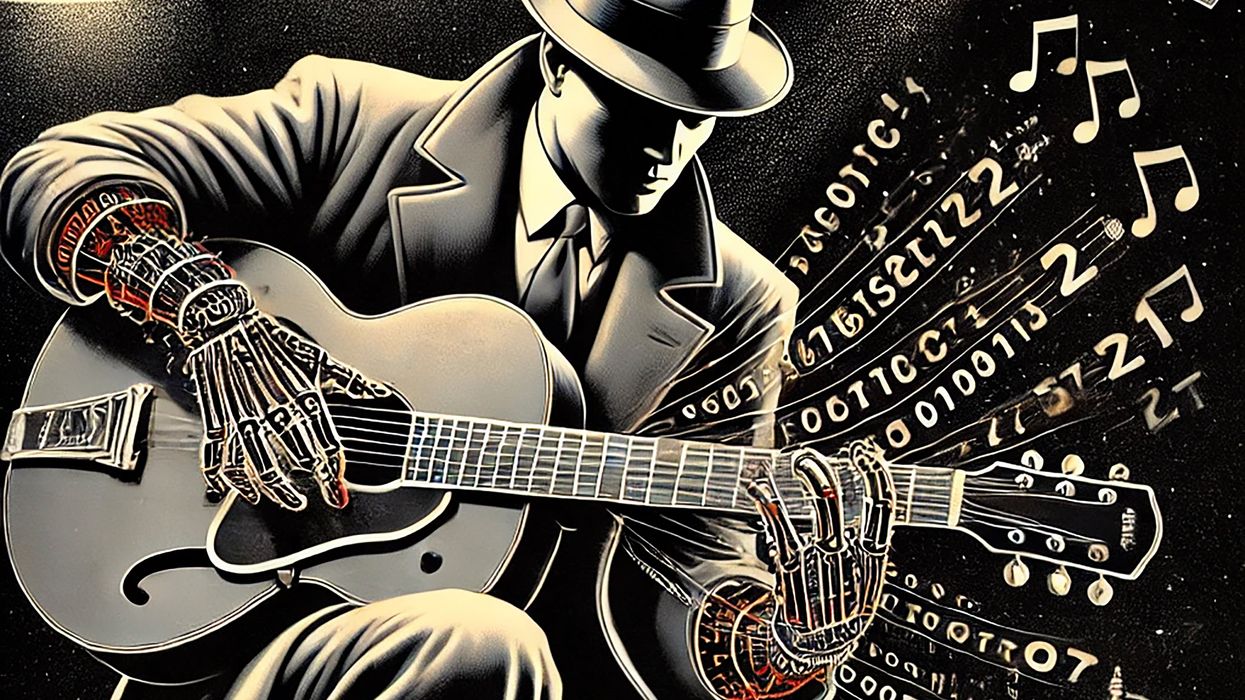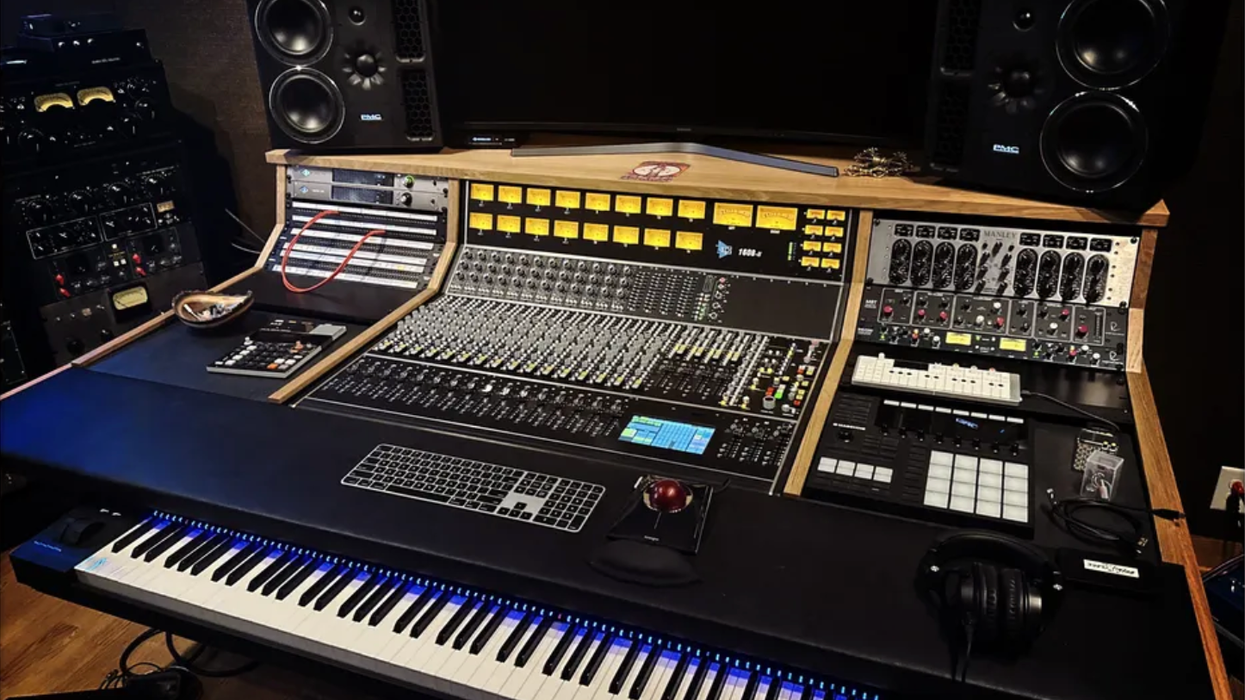Technology is a strange bedfellow in the arts. We’re either dazzled or disenchanted, love it or hate it, and the drive behind it all is a relentless need to gain a slight competitive edge on our own creativity—at least that’s how I think of it. Last month I wrote about the benefits of using a modeling microphone on a single source. This month, I want to expand that to a larger format.
Recently, I did a live recording and mixing masterclass with Universal Audio, Guitar Center Pro, and the Blackbird Academy back in Dallas, Texas (my hometown). The format: Record a live performance of a band including acoustic, electric, bass, and drums, plus vocals with additional synth tracks, and then immediately pivot to mixing in the box—all in front of a live audience. In addition, I also wanted to do something very different. I wanted to use modeling mics to record the drum kit and simultaneously use them without modeling for the live performance. My hope was that later during mixing, I would compare and contrast to see if I could get more of a “studio” sound.
There are many modeling microphone choices on the market today, mostly made by Slate, Antelope, and Universal Audio, ranging in list price from $129 to $1,500. For this masterclass, I used UA’s Standard Microphones with Hemisphere Modeling (starting at $129).
Live vs. Studio
Now for those of you that read my Dojo offerings regularly, you know I always emphasize mic placement as well as using as little EQ and dynamics processing as possible. In short, always start by taking as much time as you can to adjust the mic to get the best sound possible before reaching for the EQ knobs on any sound source. If you have more than one mic to choose from, switch mics and listen. Are you getting closer to the sound(s) you want?
After making sure the band was totally happy with their monitor mix and things sounded good in the house, the show began. To ensure that the tracks would be as clean as possible, I recorded the performances into my DAW with no modeling, EQ, or dynamics on the drums (or for the rest of the band). I did use some EQ and a little bit of dynamic control for the live show to keep the vocals out in front of the band.
The drum layout was as follows:
• Overheads: two SP-1s (spaced pair)
• Two rack toms and floor tom: three SD-7
• Kick drum: one SD-5
• Snare: one SD-3
Marginal Gains
Once I got the drum kit balanced in volume, I proceeded to bring in a pair of Neumann KH 310 monitors so the masterclass participants could hear what tracks sounded like in a more “studio” mix environment. I cycled through the various modeled mic profiles to hear the differences until we all reached a consensus as to which model worked best for each specific drum in the kit. (My picks: Neumann KM 54 for overheads, cream-colored Sennheiser MD 421 for toms, AKG D12 for kick, and SM57 for snare.) I could then toggle on and off all the profiles at once and hear a completely modeled-mic drum kit as opposed to the “natural” one. The results definitely raised some eyebrows and proved the efficacy of the “aggregation of marginal gains.” This term was coined by Sir Dave Brailsford, who catapulted British Cycling to legendary achievements and wins by choosing not to focus on big gains in a single area, but rather highly detail-oriented marginal gains in many areas (“The 1-Percent Factor”). Thus, by using seven modeled mics on the kit, the composite result was noticeably more flattering than without, and a more polished “studio” sound was achieved.
“Always start by taking as much time as you can to adjust the mic to get the best sound possible before reaching for the EQ knobs on any sound source.”
You may be asking, “Did the mics sound good in the house without any modeling?” Yes! I found them to be equally on par with the standard “live mic” stalwarts we all know. Now, this isn’t a review of the microphones as much as what I mentioned at the beginning—that technology can offer us unique possibilities if we start thinking outside conventional norms and use products outside their primary design. Look around your studio right now, or think about the gear and instruments you have. Can you challenge your creativity and try something new? Can you embrace the 1-Percent factor?
As for me, my next recorded live gig will very likely be with modeling mics!
Until next time, namaste.
